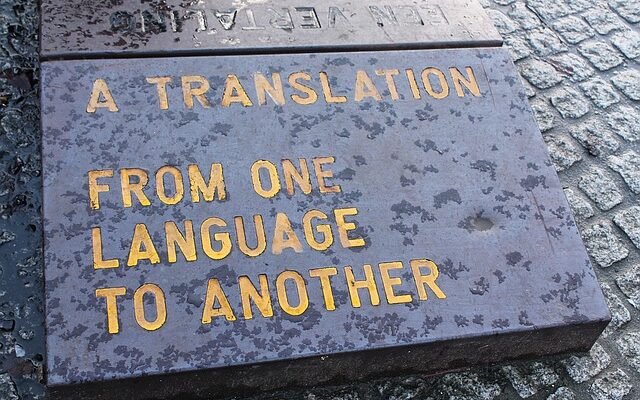Have you heard of neural translation? You should know that it has its foundations in traditional machine translation. This has always been a complex task, given languages’ inherent ambiguity. It’s worth pointing out that a word’s correct translation cannot be predicting by simply consulting a dictionary.
Translations must always be based on context, the text’s genre, the translation’s purpose and the target audience, among others. Until recently, not even the best machine translation technologies were able to reach the quality and precision of human translations, but neural translation is slowing changing this state of affairs.
What is neural translation?
This is a concept which we hear discussed more and more. This is a new system in the area of machine translations. The correct term for referring to this method is “neural machine translation”. You should know that this model is based upon “end-to-end” structures, and you may wonder: “What does that mean?” It’s simple. These structures take account of all the parts together, and their purpose is to achieve a higher quality translation.
How does it work?
Neural machine translation is based on artificial neural networks. In recent years, it has been growing in popularity thanks to numerous advances in artificial intelligence. Today, it even serves as the basis for some professional translations.
It’s capable of translating millions of words in real time with a high level of accuracy and reliability, almost as well as a human could. But what’s most surprising is that not only can it create a totally reliable translation, it can also learn a language, and this allows it to continuously improve translation quality. Fascinating, right?
On the other hand, and in order to increase performance and efficiency, the human factor is always present to “feed the machine” with quality data, such as new words, translated texts, etc. This serve to improve the reliability and exactness of the results.
But also, one of the most important features of this system is that it is able to carry out translations, taking into account the specific needs of a sector (medicine, law, finance, etc.). Equally, it can be programmed for a specific client’s circumstances if they require a type of specific vocabulary.
Features of neural translation
Neural networks are inspired by the biological neural networks in our brain. The elements they represent are organized in layers and this constitutes a neural network. In turn, this network is made up of units called “nodes” that are connected to each other.
Each connection is a number and is called a “limit”. On the other hand, the neurons and the limit connection are assigned a specific number, called “weight”. While it translates, the weight adjusts as the system has more translated data to analyze.
The fundamental difference with the conventional (sentence-based) translation system is that neural translation works by building and training a neural network that interprets a sentence within its context.
Advantages and benefits of neural translation for your website
Neural machine translation is going to grow exponentially as content requiring localization grows. The health crisis has forced the large part of businesses to opt for a digital transformation and, therefore, has increased the need for translation services.
Equally, there is a need for texts to be more diversified, driving the need to use neural translation for certain parts of the content, sometimes without the need for human supervision.
This form of translation can reduce the need for post-editing services by up to 25%, which significantly speeds up the overall translation process. Additionally, this increase in efficiency also means a reduction in translation costs, which is always welcomed by any business, as it saves time and money.
It’s worth noting that it can be an excellent option for businesses that need to localize large volumes of text as efficiently as possible. Currently, the number of corporations that generate large amounts of content (blogs, videos or articles, among others) has grown exponentially, so traditional translation is faced with the problem of not being fast enough for the huge existing demand.
Until now, machine translation as a tool was not efficient enough to be able to rely on it to perform quality translations. However, neural translation is already emerging as the tool of choice for professional translators.
At Blarlo, we have the services of the best professional translators in every language and, what’s more, we’re known for continuously updating our tools, such as neural translation, which improve the quality of our work. If you need a translation service that prides itself on its excellence, this is the site for you. Contact us and help your business blow up.






